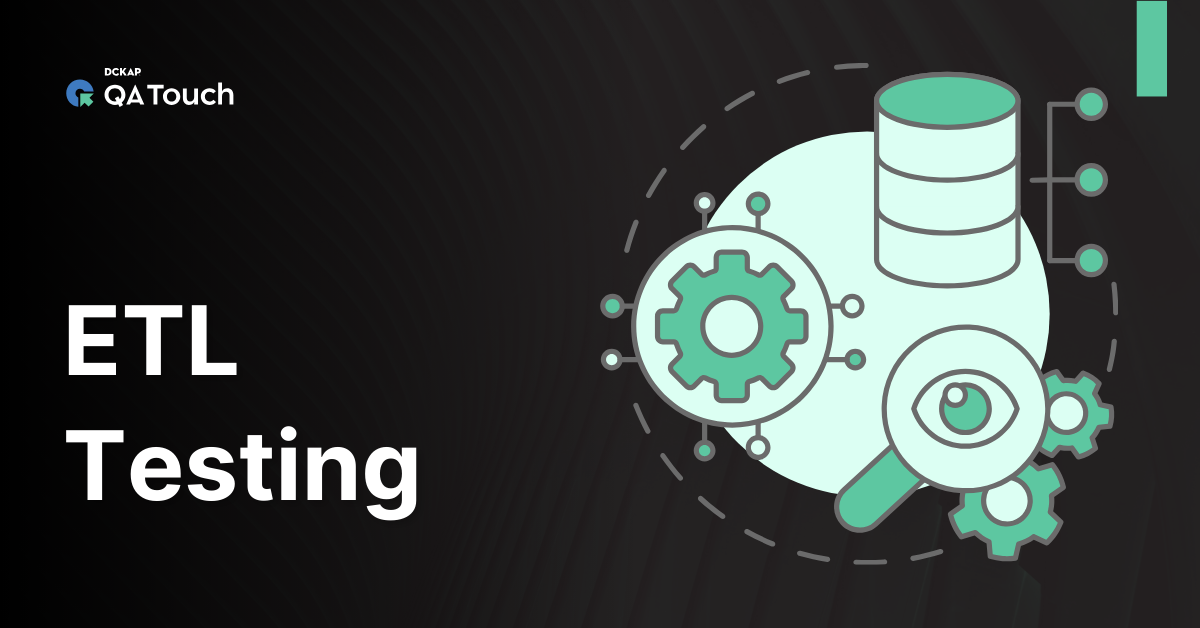“Everything connects to everything else” – Leonardo DaVinci.
Although this quote was told centuries ago, it’s actually quite relevant to this digital, connected era. Everything from data across the internet to sand grains across the beach is connected to everything else – that how the earth works. That’s how software work as well.
Integration Testing (I&T)
Software, or any piece of code for that matter, is made of multiple units. Integrating them together flawlessly to solve a purpose has been and will be the intention of every solution specialist out there. Here in this article, we’ve explained the ins and outs of Integration Testing – the most important process in software quality assurance.
What is Integration Testing?
As the name implies, integration testing checks the interface between the units or modules. To put it in testing terms – integrate or combine the unit tested module and test the behavior as a group.
Usually, testers take up the unit testing to check the correctness of individual units. Should everything be flawless individually, as a stand-alone unit, the next step is to integrate/combine them together and test as one whole unit. It’s more likely that the system will fail to deliver the purpose as a whole unit rather than an individual unit.
To put it in layman terms, you might have a perfectly working USB 3.0 external hard drive and the USB-C on your brand-new MacBook works super fine as well. However, if you want to transfer data, then the integration should be flawless – at the courtesy of the million-dollar dongle.
Why Integration Testing?
If you’re not yet convinced, below are few more important reasons to practice Integration Testing:
- Not every module is developed by a single developer; also, not every developer follows the similar logic to develop a solution. That said, it’s vital to check the correctness of the integration when the modules are connected to each other.
- Not every API or third-party tool out there accepts similar data value; It’s rather mandatory to check the data points and working procedure for the expected result to be achieved.
Integration testing in eCommerce
Here, we’re about to confine the scope to Integration testing in eCommerce and ERP systems. Every eCommerce front end communicates back and forth with the ERP at the back end for information – including but not limited to product name, price, shipping cost, inventory, and tax. Herein testing the connection and integration between the eCommerce platform and ERP becomes mandatory.
This involves testing various entities including UI, database, data services, and a lot more with multiple combinations of test data and use cases. During Unit testing, individual modules might cross the pass criteria, which doesn’t necessarily mean everything will be flawless when integrated. Back and forth testing is the key to consistent, uninterrupted data flow.
Types of Integration Testing
Component Integration Testing
This testing revolves around testing the small piece of modules in the same system. For Example, shipping amount calculation based on the zip code provided in an eCommerce application. The communication happens between two modules in the same system.
System Integration Testing
This testing revolves around the modules in two different systems. For example tax calculation in the eCommerce platform happens after passing the zip code value to the external ERP system. Here communication occurs between two modules in two different systems.
The below snapshot shows the E-commerce site’s Integration of components.
 Checkpoints for Integration Testing
Checkpoints for Integration Testing
An ERP system forms the backbone of many functions of a retailer; which includes inventory management, supply chain, CRM, Finance, Reporting, and many more activities.
- Fields /Labels and data in the front end needs to be compared with the back end ERP
- The interface needs to be verified. For example, the communication between two system/modules will take place through an integrator. The integrator should be verified for valid data transmission.
- Report generation such as Invoice report will have information about the order details, shipping information, and order amount. One must make sure that the data are pulled from the appropriate place.
- The customer data should be verified which will be vital in setting up the marketing and promotional activities.
- Inventory management validation should be carried out to verify the product count sync between the online store and the ERP.
- The integration test execution result should match the requirements.
Prerequisites for Integration Testing
- A stable version of each module that is assembled together for integration testing.
- Complete documentation about the modules under integration testing. For example correct response for each request between the modules.
- Prior testing of Individual modules should be carried out.
- Acceptance criteria should be prepared.
Summary
The incorrect response to a request between the modules will lead to buggy application and decrease the business revenue. Building a correct integration testing strategy and understanding the interconnections and dependencies between modules in the same system or an external system will pay off the quality integration testing results.
Hope this blog turned out to be useful in understanding the basics of integration testing. Come back in a while for lot more useful content regarding Integration Testing. Also, drop us a line should you need any assistance in Testing and Quality Assurance.











